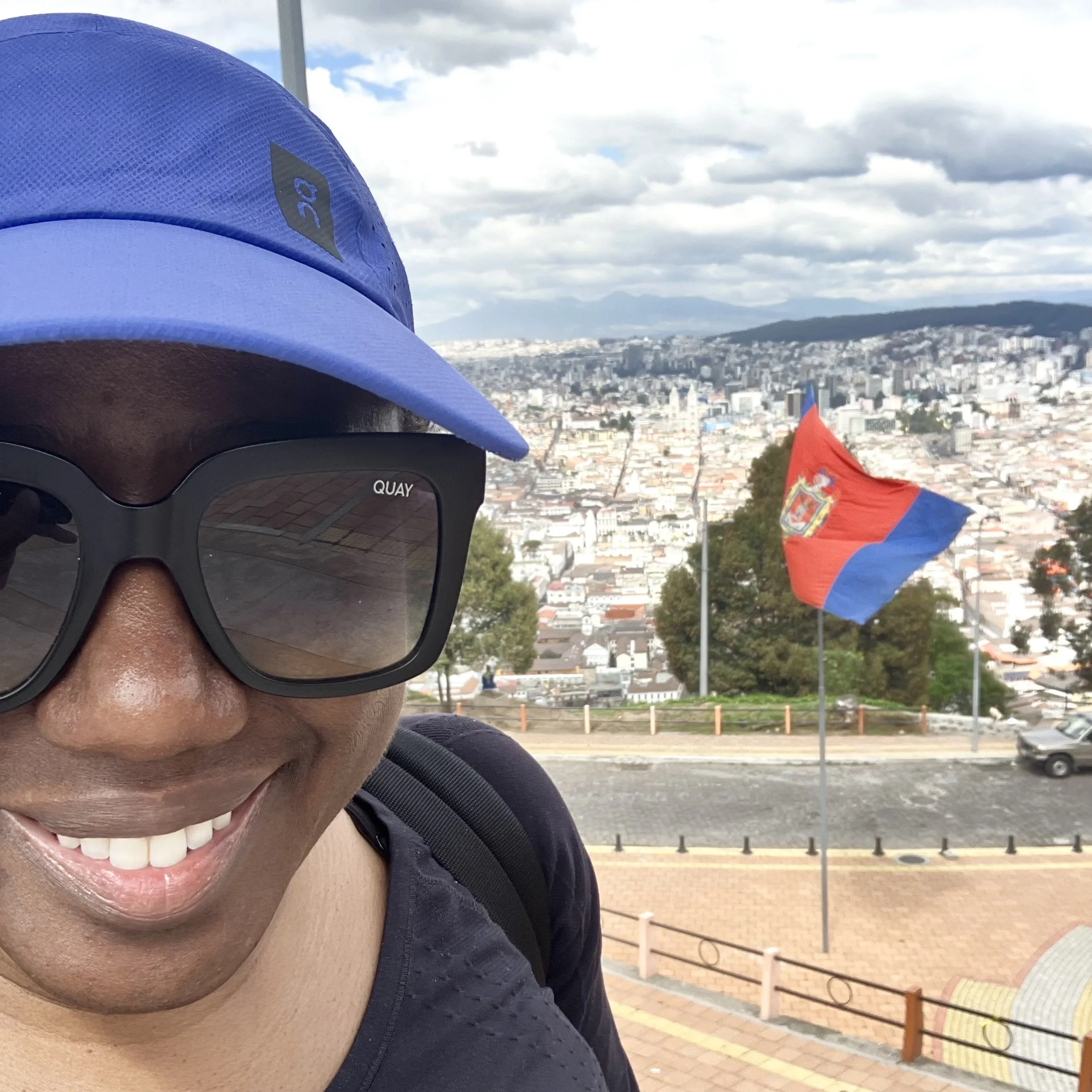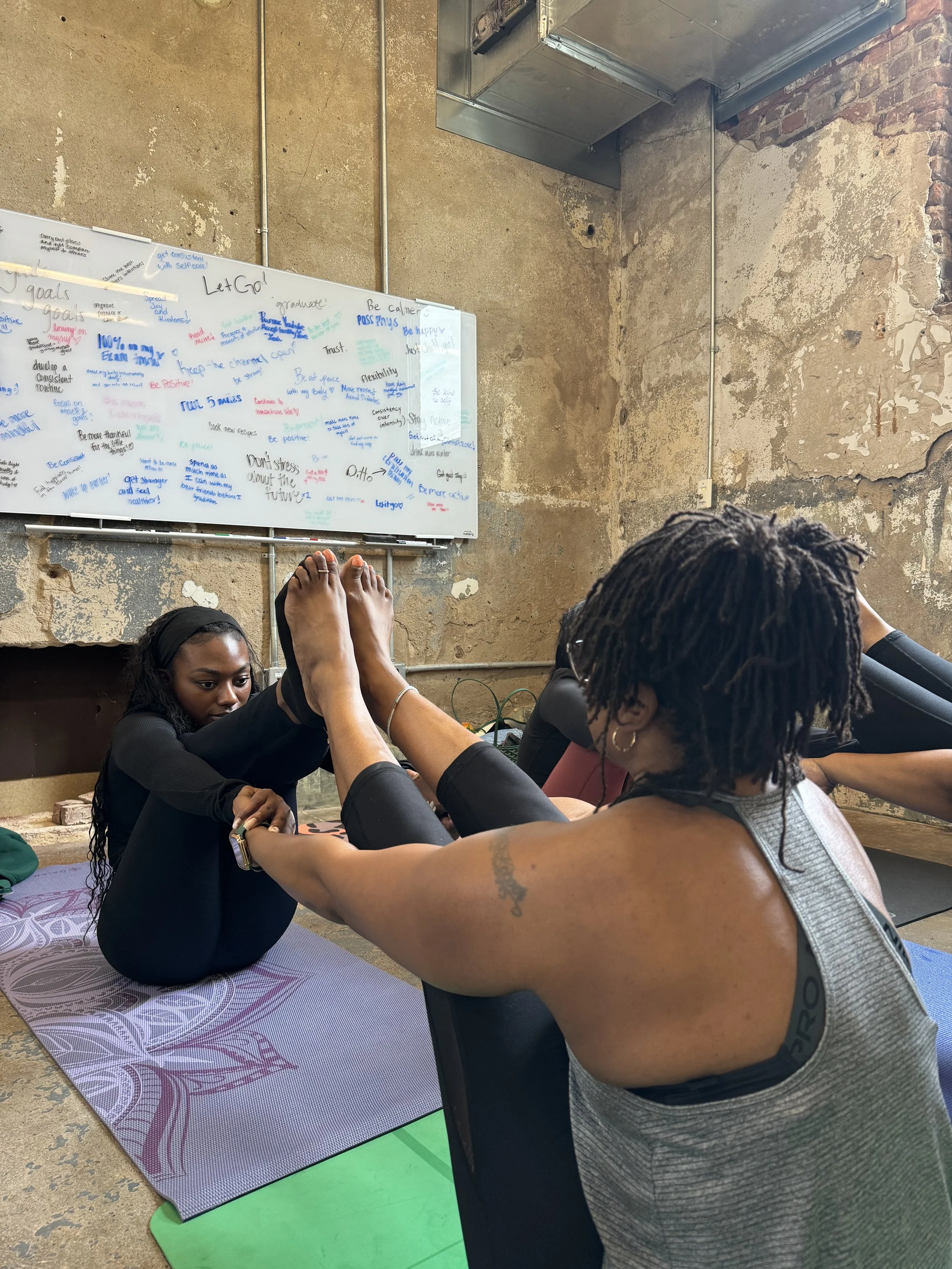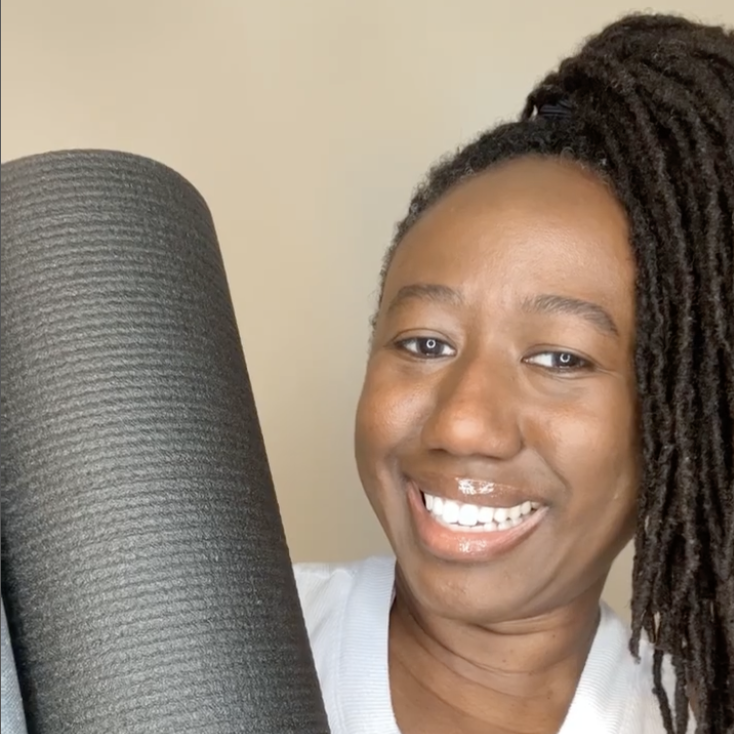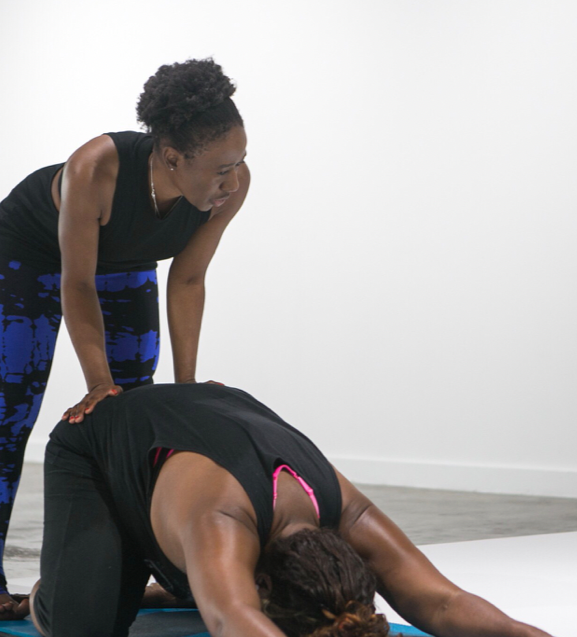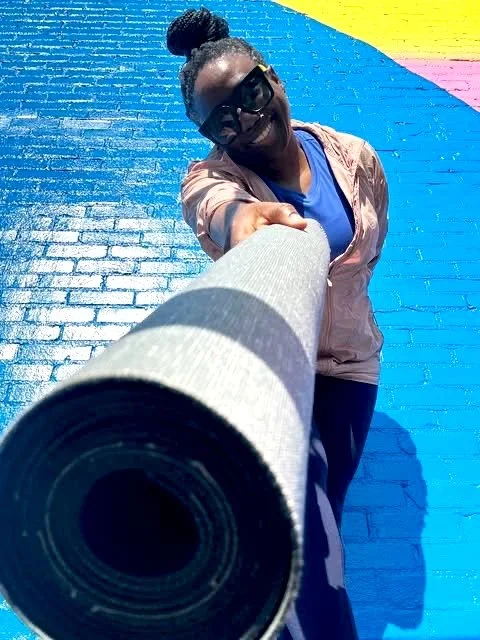Picture this: You're in a yoga class, struggling through a pose that everyone else seems to be doing effortlessly. Your inner voice starts the familiar chatter: "I'm not flexible enough," "I'm not strong enough," or "Maybe yoga just isn't for me."
Sound familiar?
Here's the truth that might surprise you: The problem isn't with you or your body. The problem is that you haven't learned how to modify your practice to work with your unique anatomy, needs, and limitations.
Yoga modification isn't about "cheating" or being "less than." It's about honoring what your body needs in this moment.
So how do you know when it's time to embrace modifications? Here are five clear signs:
1. You're holding your breath during poses
The Sign: You notice yourself holding your breath, breathing shallowly, or feeling like you can't breathe comfortably while in a pose.
Why This Matters: Breath is the foundation of yoga practice. When you can't breathe freely, your nervous system goes into stress mode, which defeats the purpose of yoga entirely. If you're holding your breath, the pose is too intense for your body right now.
The Solution: Back out of the pose until you can breathe easily and naturally. Use props like blocks, straps, or bolsters to make the pose more accessible. Remember: If you can't breathe in it, it's not serving you.
Try This: In forward folds, place blocks or a bolster on your thighs so you don't have to reach so far. In twists, sit on a blanket or block to elevate your hips and make the rotation easier.
2. You experience pain
The Sign: Sharp, shooting, or persistent pain during or after practicing certain poses.
Why This Matters: There's a difference between the sensation of stretching or working muscles and actual pain. Pain is your body's warning system telling you something isn't right. Ignoring pain can lead to injury and set back your practice for weeks or months.
The Solution: Learn to distinguish between discomfort (which can be okay) and pain (which is not). When you feel pain, immediately ease out of the pose or skip it entirely. There's always another way to work the same areas of your body safely.
Try This: In poses like camel or wheel, if your lower back hurts, try supported heart openers with blocks or bolsters instead. For wrist pain in arm balances, try forearm variations or use yoga blocks to change the angle.
3. You're constantly comparing yourself to others
The Sign: You spend more time looking around the room than focusing on your own practice. You feel frustrated when you can't do what others are doing.
Why This Matters: Comparison is the thief of joy—and progress. Every body is different. Your hip structure, limb proportions, and flexibility will never be exactly like someone else's. When you're focused on others, you're not listening to your own body's needs.
The Solution: Start treating your mat as your personal laboratory. Experiment with what feels good for your body. Use props without shame and modify poses without apology.
Try This: In poses like triangle or side angle, don't worry about reaching the floor. Rest your hand on your shin, a block, or your thigh instead.
4. You dread certain poses or sequences
The Sign: There are poses that make you want to skip class or that you approach with anxiety rather than curiosity.
Why This Matters: Yoga should challenge you, but it shouldn't make you miserable. If you consistently dread certain poses, it may be because they don't work for your body in their traditional form.
The Solution: Give yourself permission to modify or skip poses that don't serve you. Work with your instructor to find alternatives that provide similar benefits without the stress.
Try This: Hate chaturanga? Try lowering your knees to the ground first, or skip the low push-up entirely and move directly from plank to upward dog or cobra. Dread headstand? Try supported shoulderstand or legs-up-the-wall pose instead.
5. You leave class feeling depleted instead of energized
The Sign: You consistently feel exhausted, sore, or emotionally drained after practice instead of feeling balanced and renewed.
Why This Matters: While yoga can be challenging, it should ultimately leave you feeling better than when you started. If you're regularly leaving class feeling worse, you're likely pushing too hard or practicing in a way that doesn't honor your current needs.
The Solution: Scale back the intensity. Take child's pose whenever you need it. Choose gentler variations of poses. Remember that yoga is a practice of self-care, not self-punishment.
Try This: Give yourself permission to take breaks and use more props to support your body. Listen to what you need that day—it might be different every time you practice.
Modifications aren't a sign of weakness or failure. When you modify a pose, you're honoring your body's current needs, preventing injury, and building a sustainable practice.
Here's what you can do right now:
Start small: Pick one pose that's been challenging you and research a modification
Invest in props like yoga blocks, straps, and bolsters.
Communicate with your instructor: Let them know what's not working for you and ask for a modification.
Practice self-compassion: Be as kind to yourself as you would be to a good friend
If you're in the Columbia, SC area and want to dive deeper into making yoga work for your unique body, join me for the Yoga for Your Body workshop on Saturday, August 23 at 12 pm. We'll explore practical modifications for common poses and help you build confidence in adapting your practice.
